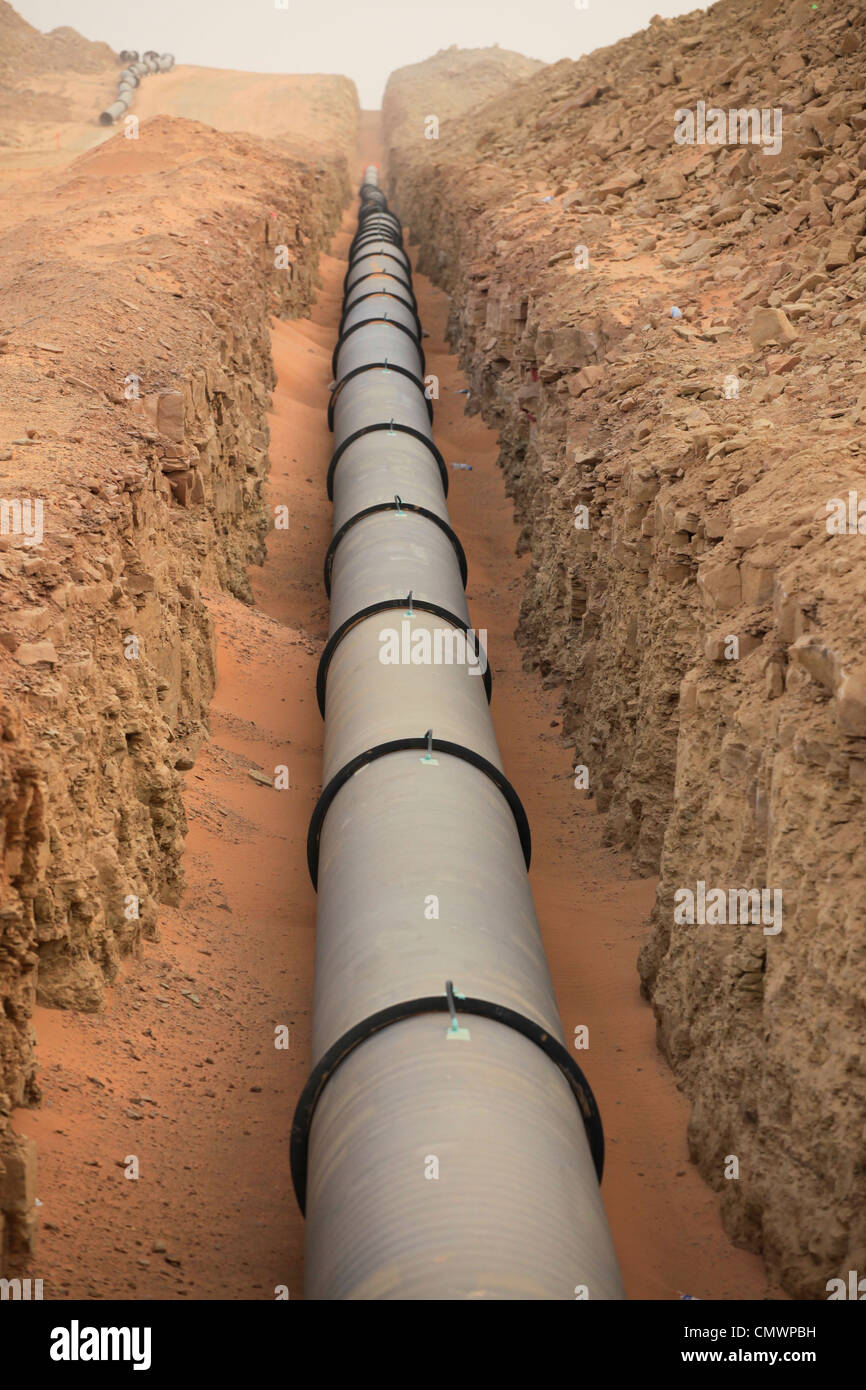

Les changements dans les systèmes d’irrigation à la ferme et les canaux d’irrigation suite à la réhabilitation ont permis de réduire la demande brut en volume d’eau de 74 mm entre 1999 et 2012, avec une réduction de 55 mm de demande à la ferme et une diminution de 19 mm en pertes durant le transport selon une chances de dépassement de 10%. Par la suite, les simulations de Monte Carlo ont été effectuées afin de déterminer l’ampleur des gains d’efficacité potentiels selon différentes possibilités de dépassement. Le modèle de demande en irrigation a été utilisé pour estimer les différences entre 1999 et 2012 pour la demande d’irrigation à la ferme et les pertes liées au transport de l’eau d’irrigation à l'aide de données météorologiques de 1928 à 2012. Les gains d’efficacité suite à l’amélioration des systèmes d’irrigation à la ferme et la réhabilitation des canaux des districts d’irrigation du sud de l’Alberta sont influencés par la variabilité des conditions météorologiques. Additional gains in efficiency from on-farm irrigation system upgrades and rehabilitation of conveyance infrastructure in the future will help mitigate the increased risk of water scarcity as irrigation districts expand with current licensed water allocations. Gross demand based on irrigation district characteristics in 2012 varied from 1.73 billion m 3 in wet years to 2.83 billion m 3 in high-demand years. Mean seasonal naturalized flows available for use in southern Alberta from 1912 to 2009 ranged from 2.08 billion m 3 in high-demand years to 3.95 billion m 3 in wet years. Conveyance loss reductions were stable at about 50 million m 3, so 70 to 75% of the potential water savings were achieved through reduced on-farm demand. Reductions in gross demand on a volume basis from 1999 to 2012 ranged from 170 to 200 million m 3, even with about 30,300 ha of irrigation expansion. Changes in irrigation systems and water conveyance infrastructure reduced gross demand by 74 mm from 1999 to 2012, with a 55-mm reduction in on-farm demand and a 19-mm decrease in conveyance losses at a 10% chance of exceedance.

Monte Carlo simulations were subsequently performed to determine the magnitude of potential efficiency gains at different chances of exceedance. The Irrigation Demand Model was used to estimate differences in on-farm demand and conveyance losses based on irrigation district characteristics in 19 using weather data from 1928 to 2012. Efficiency gains from on-farm irrigation system upgrades and canal rehabilitation in southern Alberta irrigation districts are influenced by weather variability.


 0 kommentar(er)
0 kommentar(er)
